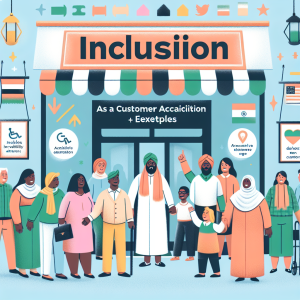Abstract design often mystifies as much as it fascinates. It’s a world where traditional ideas of form, color, and balance are deconstructed and rebuilt in unexpected ways. In the realm of abstract design, the rules are there to be broken, and the results can be stunning.

What is Abstract Design?
At its core, abstract design seeks to break away from traditional representation of physical objects. It emphasizes shapes, forms, colors, and textures that may not depict a recognizable scene or object, but instead create a visual effect or feeling.
The Beauty of Chaos
One of the essential elements of abstract design is its willingness to embrace chaos. By abandoning the need for realistic portrayal, artists and designers create a liberated space where lines can wander, colors can clash, and shapes can mingle in an unanticipated harmony.
Colors and Forms
The use of color in abstract design is bold, daring, and often unexpected. Colors can be combined in ways that challenge traditional ideas of harmony, creating vibrant, energetic scenes. Likewise, shapes and forms may not represent anything recognizably real but are used to elicit emotions and create a visual journey.
The Influence of Abstract Art
Much of what we see in abstract design today is heavily influenced by abstract art movements like Cubism, Surrealism, and Abstract Expressionism. These movements challenged conventional artistic ideas and opened the door to free expression, a concept that continues to inspire designers.
Applications in Modern Design
From logos and branding to interior décor, abstract design finds its way into various aspects of our daily lives. It can transform the mundane into the extraordinary and adds a layer of complexity and intrigue to otherwise simple objects.
Finding Meaning in the Abstract
While abstract design may initially appear random or without purpose, there often lies a profound intention behind the seeming chaos. It invites viewers to explore, interpret, and even question what they see. It’s a dialogue between creator and observer, a conversation without words but filled with meaning.
That’s a wrap!
Abstract design is more than just random splashes of color and odd shapes; it’s a complex and intricate form of expression. It defies conventional wisdom and challenges the observer to see beyond the obvious.
In a world often confined by rigid lines and definitions, abstract design offers a refreshing escape, a glimpse into the limitless landscape of human creativity. Whether you are a designer seeking inspiration or an art lover exploring new horizons, abstract design beckons with a promise of discovery, innovation, and unbounded imagination.
Embrace the abstract. Dive into the unknown. Let design be your guide.







